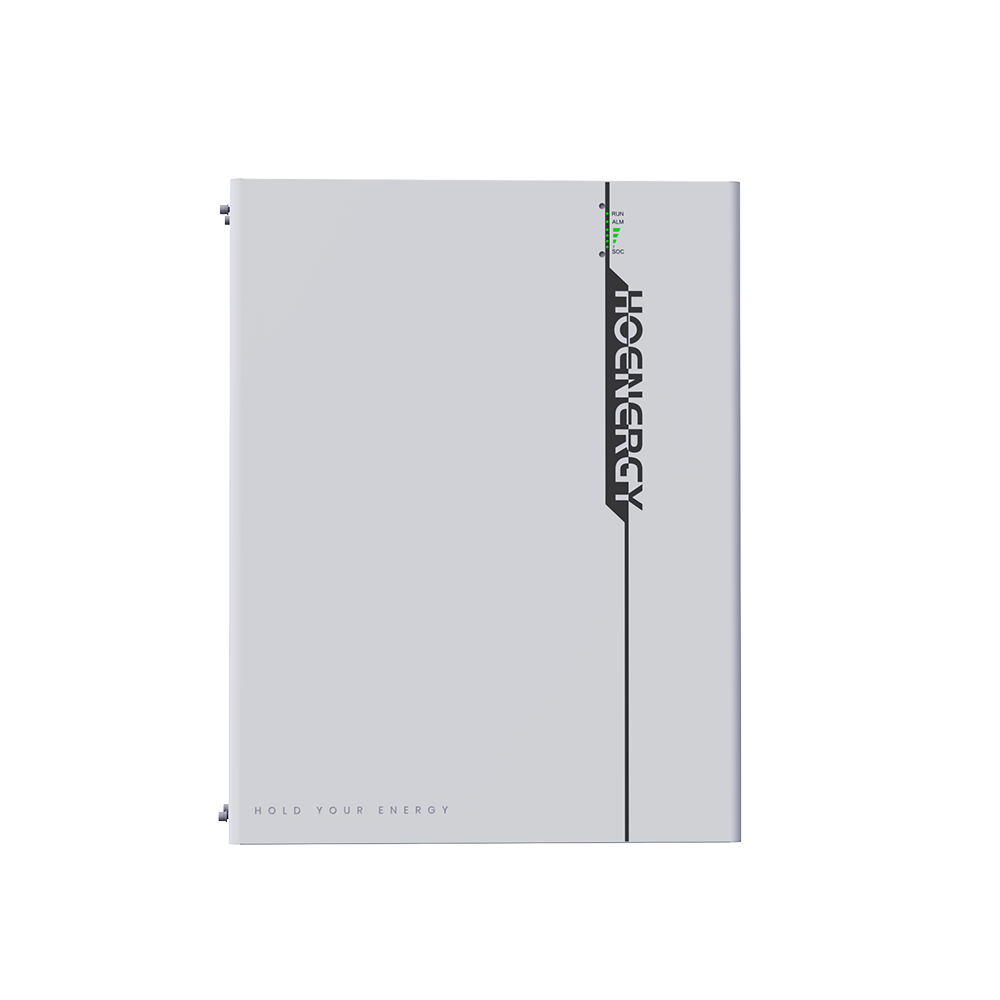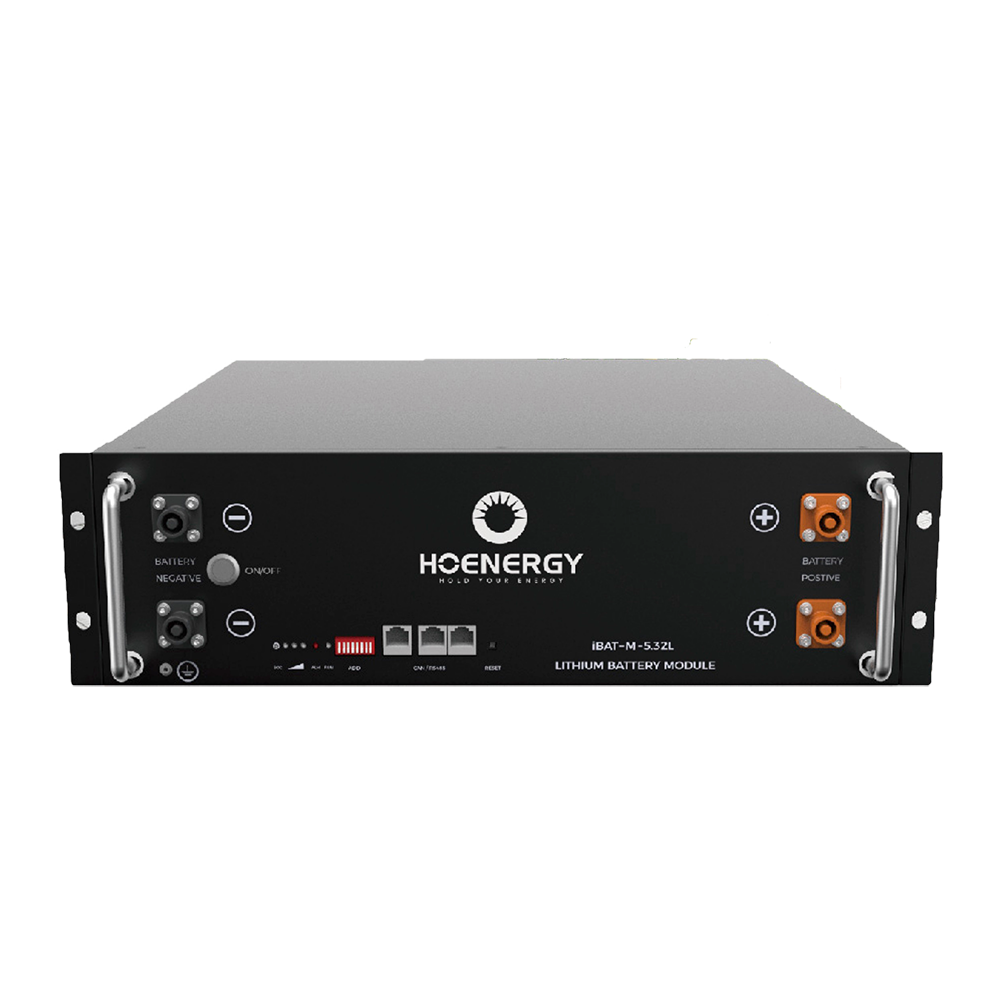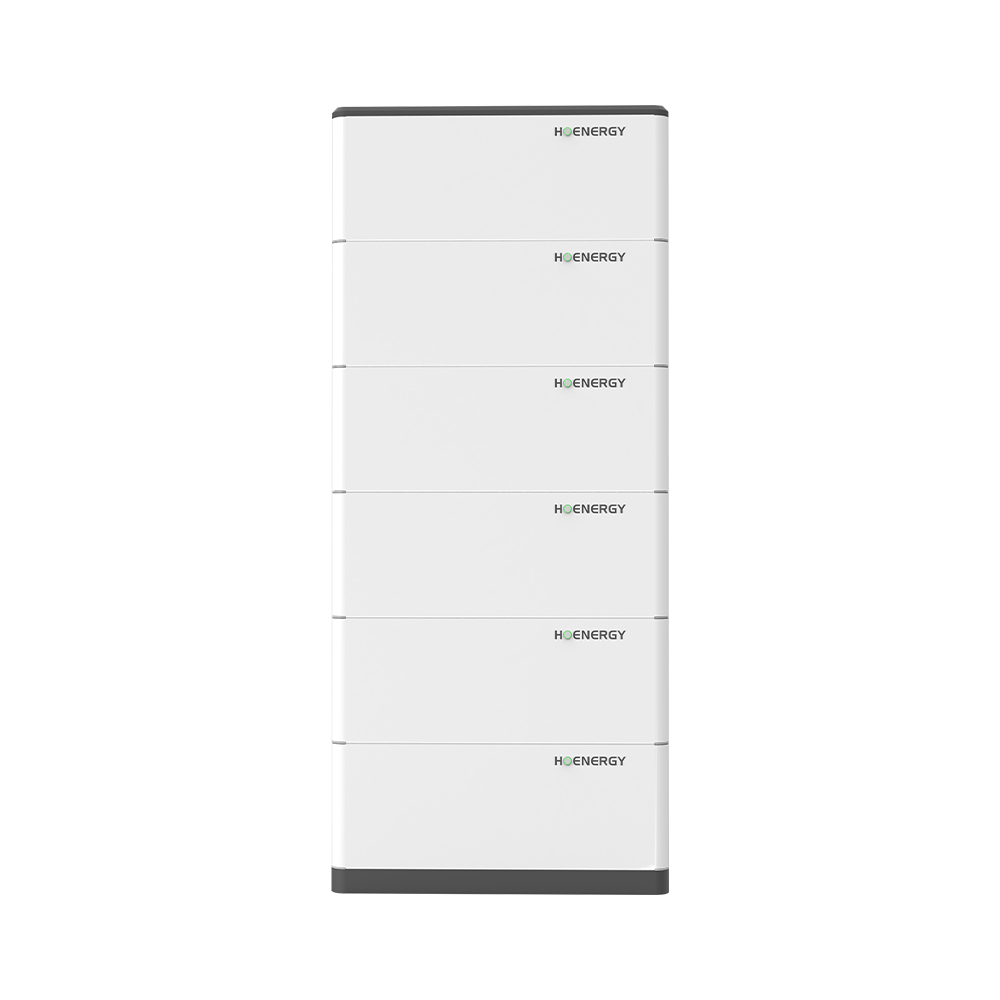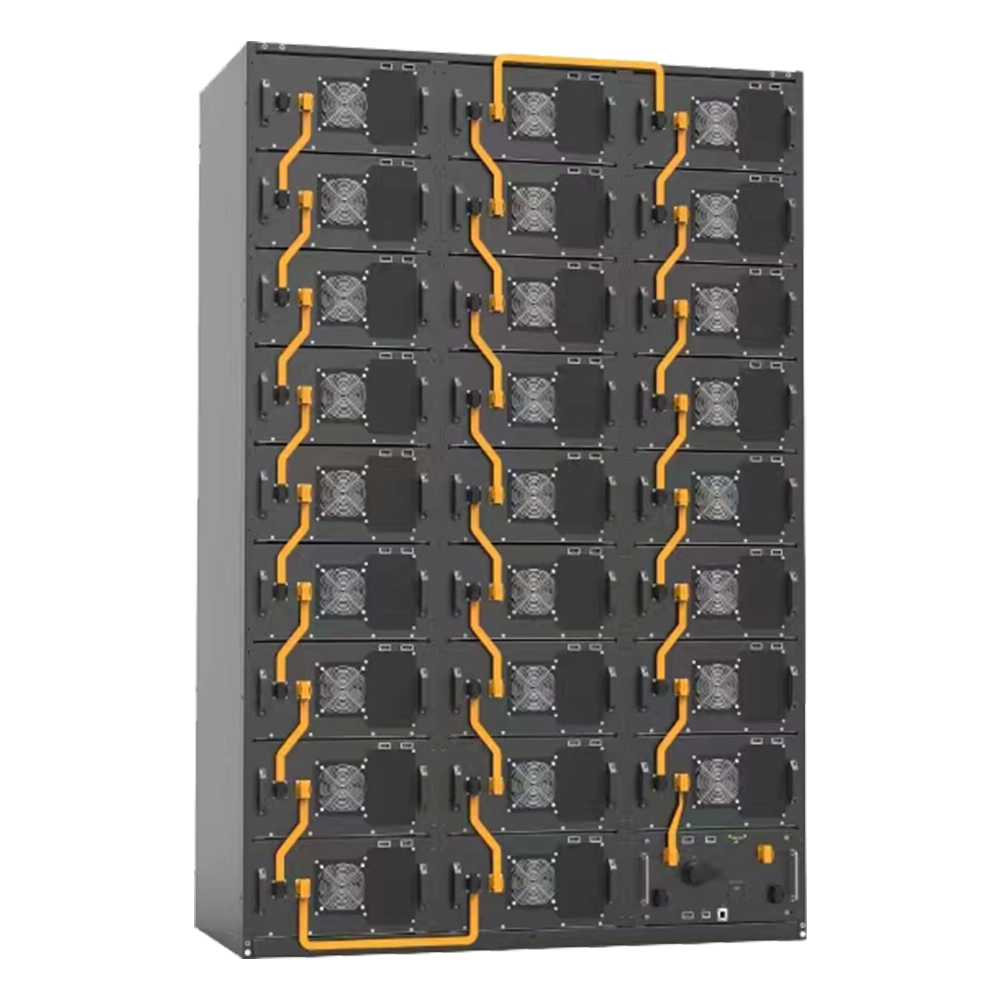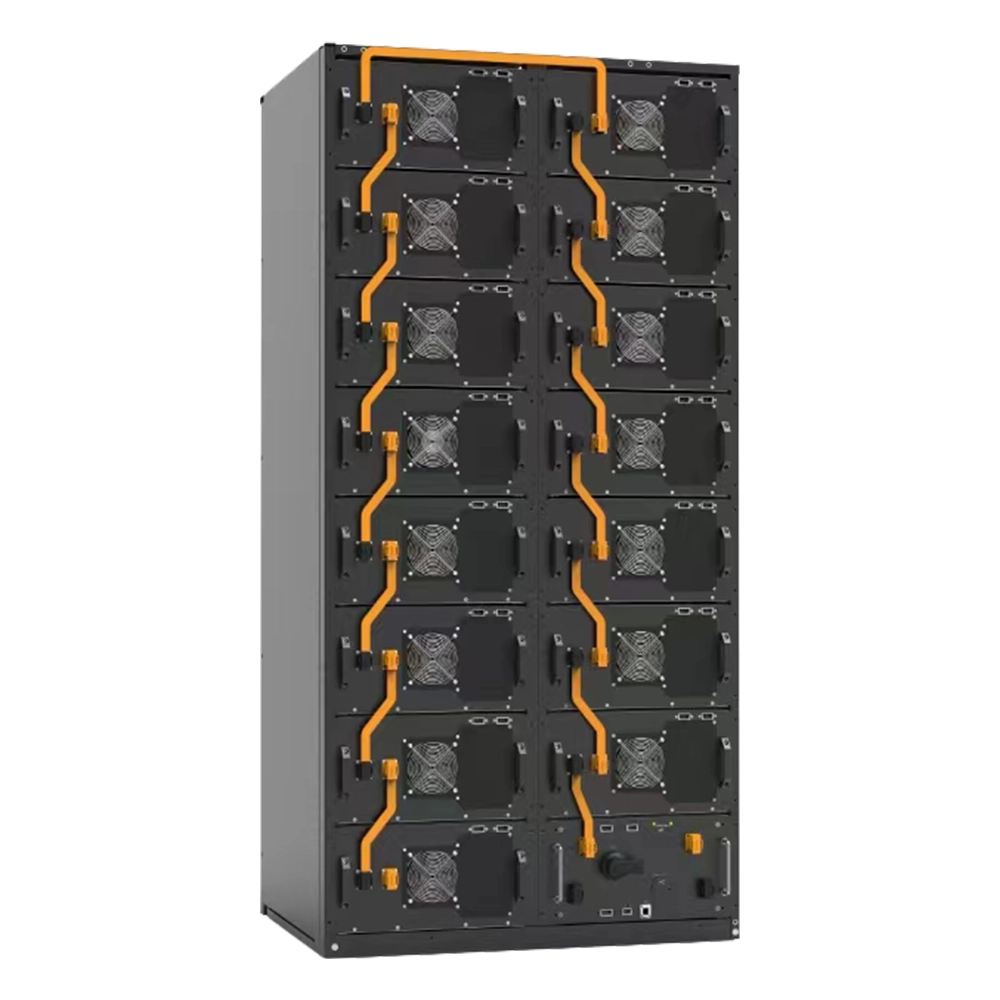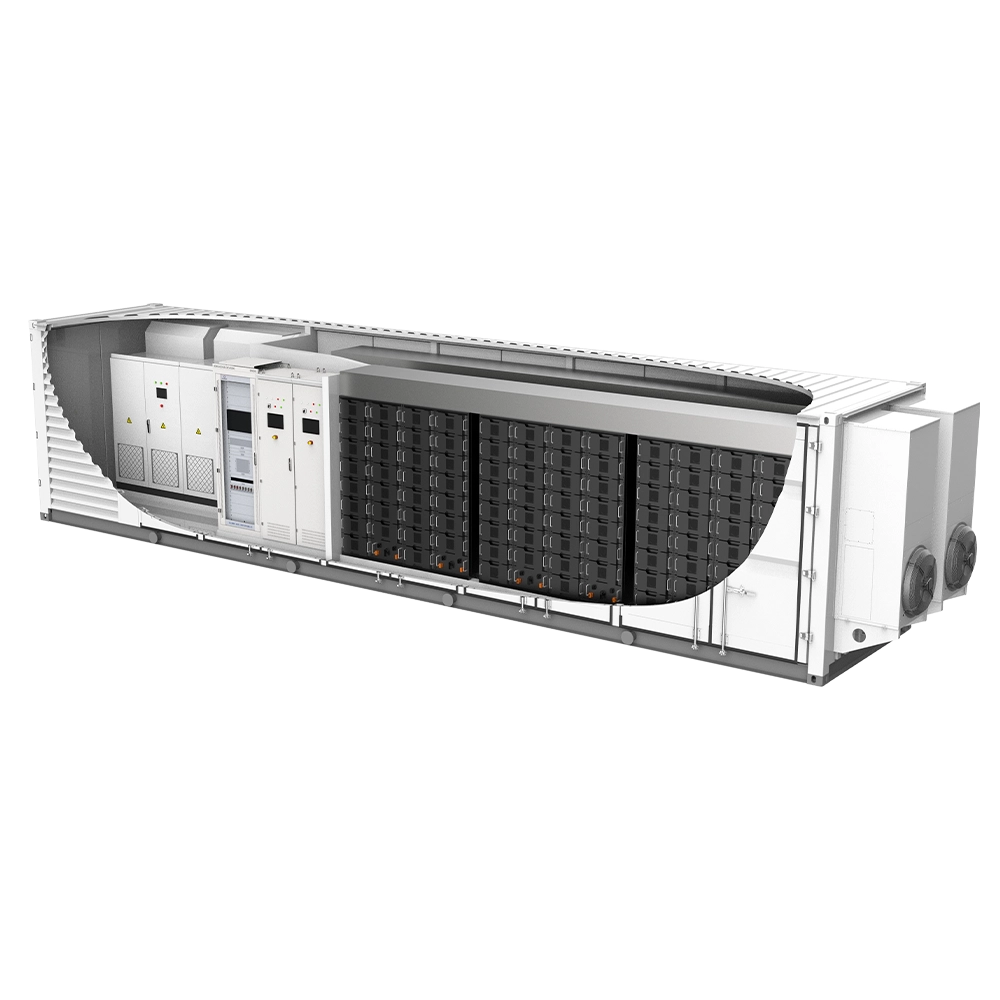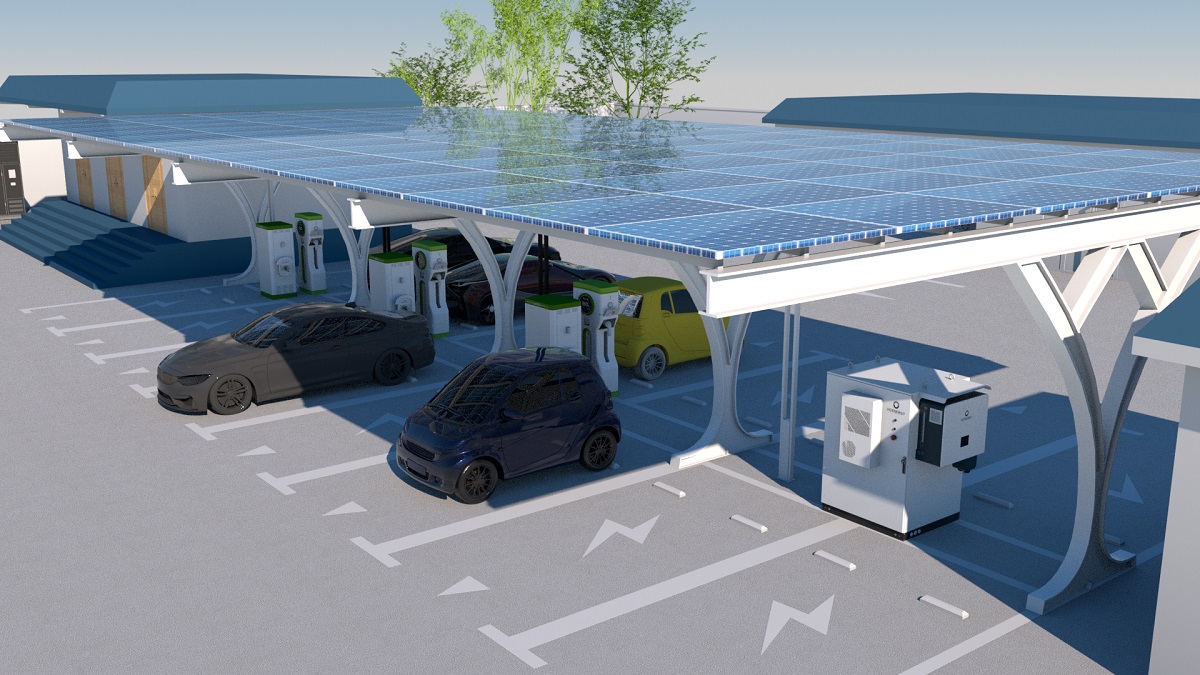Definition of Integrated Energy Storage System
At a time when fossil energy is depleting and environmental pollution is becoming increasingly serious, it is urgent to develop a clean and efficient energy system. As one of the key technologies for energy transformation, the Integrated Energy Storage System (IESS) provides a solution for building an intelligent and reliable energy network by integrating multiple energy storage technologies.
IESS is a system that integrates multiple energy storage methods such as chemical energy storage, physical energy storage and thermal energy storage, which can achieve efficient storage, conversion and optimized scheduling of energy.

Advantages of Integrated Energy Storage System
IESS has many advantages that make it indispensable in modern energy systems:
Grid stability: IESS helps stabilize the grid by providing auxiliary services such as frequency regulation, voltage support and spinning reserve. They can respond quickly to fluctuations in supply and demand and maintain grid reliability.
Renewable energy integration: By storing excess energy generated by renewable energy sources such as solar and wind power, IESS enables a higher penetration of renewable energy in the energy structure. They ensure that energy is available even when the sun is not shining or the wind is not blowing.
Peak shaving and load balancing: IESS can store energy during low demand periods and release energy during peak demand periods, thereby reducing the need for expensive and polluting peak power plants. This also helps manage load profiles more effectively.
Energy resilience: In the event of a power outage or natural disaster, IESS provides backup power, enhancing the resilience of critical infrastructure such as hospitals, data centers, and communication networks.
Economic benefits: By optimizing energy use and reducing reliance on grid power during peak hours, IESS can save consumers and businesses a lot of money. They also provide revenue opportunities through demand response programs and grid services.
Application and development trends of integrated energy storage systems
System composition and technical characteristics
Chemical energy storage: in the form of batteries, such as lithium-ion batteries, providing fast response energy release.
Physical energy storage: including pumped storage, compressed air energy storage, etc., suitable for large-scale energy storage.
Thermal energy storage: using phase change materials or hot water storage systems to effectively manage excess thermal energy.
Key technologies and innovations
Energy conversion technology: efficient power electronic devices to achieve conversion between different forms of energy.
Intelligent control strategy: advanced algorithms and control strategies to optimize system operation and energy scheduling.
Battery management system (BMS): ensure safe and efficient operation of battery packs.
Application scenarios and advantages
Renewable energy grid connection: Solve the grid connection problem of intermittent energy such as wind power and solar energy.
Grid frequency regulation and peak-valley shaving: Improve grid stability and reduce energy waste.
Distributed energy system: Achieve energy self-sufficiency and optimal configuration in microgrids.
Market and policy environment
Policy support: Policy support and incentives for energy storage technology worldwide.
Market demand: With the deepening of energy transformation, the market demand for IESS continues to grow.
Challenges faced
Technology integration: Integration and coordinated control technology challenges of different energy storage technologies.
Cost-effectiveness: Control of initial investment and operating costs of the system.
Safety and environment: Ensure safe operation of the system and reduce environmental impact.
Future development trends
Technological progress: Research and development of new energy storage materials and equipment.
Intelligent development: Application of artificial intelligence and Internet of Things technology in IESS.
Environmentally friendly development: Develop green and sustainable energy storage solutions.
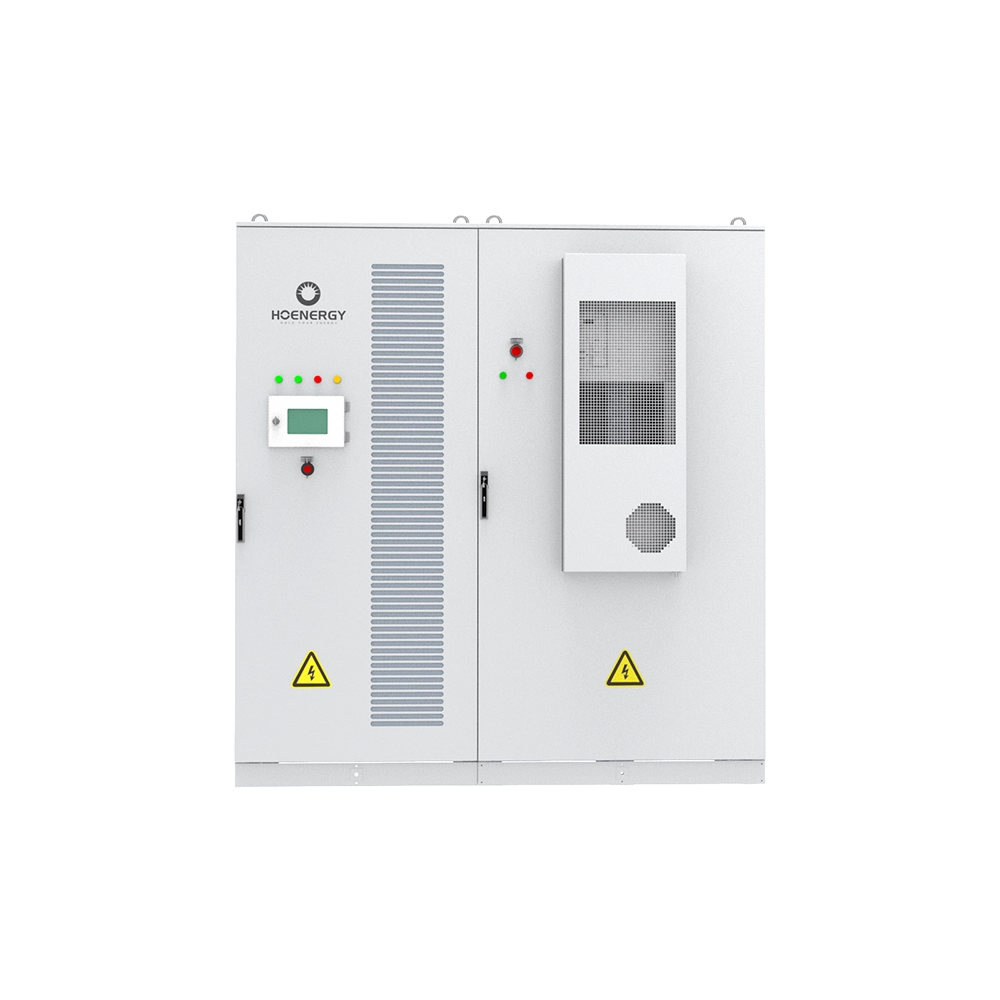
Conclusion
As a key technology to promote energy transformation and build smart grids, integrated are gradually showing their potential for wide application in the energy field. With the advancement of technology and the maturity of the market, IESS will play a more important role in improving energy efficiency, promoting the development of renewable energy and ensuring energy security.

